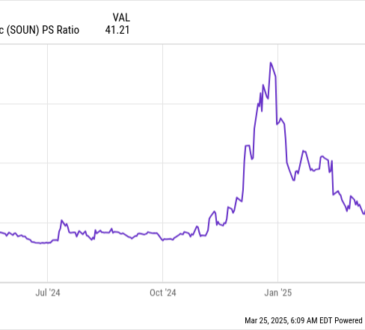
Stocks started Thursday on a positive note, but lost steam as the session wore on. Today’s choppy price action came as Wall Street parsed through a handful of economic data and a fresh batch of earnings reports. Anxiety ahead of Fed Chair Jerome Powell’s Jackson Hole speech didn’t help sentiment.
Starting with today’s economic news. Ahead of the open, the Labor Department said initial jobless claims rose by 4,000 last week to 232,000.
add a comment




